
Location
My Blog
-
When Should You See Your Pediatrician?
updated: Apr. 12, 2024
Category: Children's Healthcare
-
How Often Should My Child Be Seeing a Pediatrician?
updated: Apr. 01, 2024
Category: Children's Safety, Children's Healthcare
-
What To Expect at a Behavioral Health Evaluation
updated: Mar. 12, 2024
Category: Children's Healthcare
-
The Importance of Regular Well Visits
updated: Mar. 01, 2024
Category: Children's Healthcare
-
The Importance of Early Childhood Vaccinations
updated: Feb. 07, 2024
Category: Children's Safety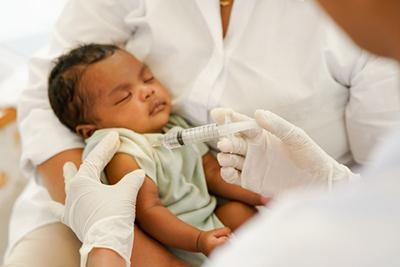
-
Childhood Obesity: Causes, Risks, and Strategies for Prevention
updated: Feb. 01, 2024
Category: Children's Healthcare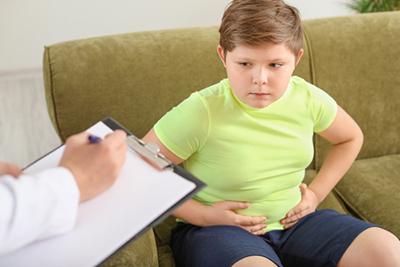
-
Best Ways To Prevent Ear Infections
updated: Jan. 07, 2024
Category: Children's Safety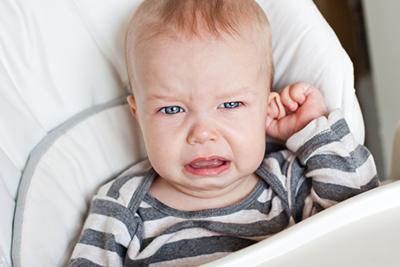
-
The Role of Pediatricians in Early Childhood Development
updated: Jan. 01, 2024
Category: Children's Healthcare
-
Promoting Mental Health in Children
updated: Dec. 07, 2023
Category: Children's Healthcare
-
Tips To Help Your Child Eat Healthier
updated: Dec. 01, 2023
Category: Children's Healthcare
-
Sports Injuries in Kids: Prevention and Treatment
updated: Nov. 07, 2023
Category: Children's Healthcare
-
The Importance of Well Care Visits for Adolescents
updated: Nov. 01, 2023
Category: Children's Healthcare
-
Asthma Prevention: A Pediatrician's Guide to Respiratory Health
updated: Oct. 12, 2023
Category: Children's Healthcare
-
Why Is A Sports Physical So Important?
updated: Oct. 01, 2023
Category: Children's Healthcare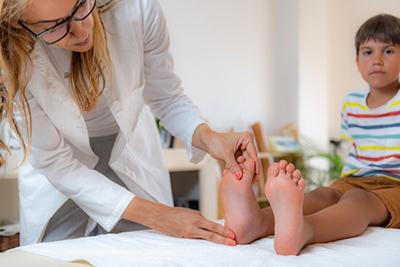
-
Common Childhood Illnesses
updated: Sep. 08, 2023
Category: Children's Healthcare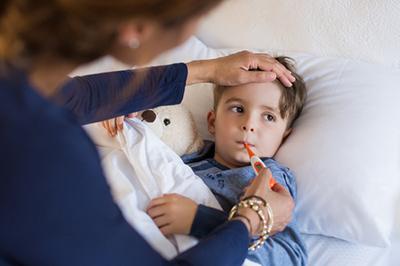
-
Understanding Developmental Milestones: Tracking Your Child's Growth
updated: Sep. 01, 2023
Category: Children's Healthcare
